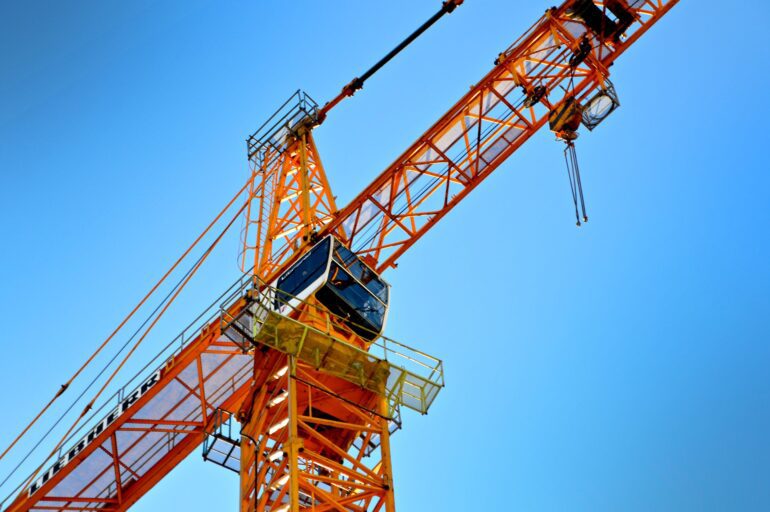TL;DR:
- AI is transforming the built environment across the architecture, engineering, and construction (AEC) industry.
- Panelists from leading AEC companies discussed AI applications and their current and future impact.
- AI-assisted programs create 3D models from doodles, real-time surveillance enhances safety, and AI-powered computers rapidly compile inventories.
- Future uses of AI include intelligent HVAC systems and AI-driven scanning for cost-effective renovations.
- Verification of AI-generated results is crucial before implementation to ensure accuracy and reliability.
Main AI News:
The pervasive presence of Artificial Intelligence (AI) has undeniably captured the attention of the technology landscape. It is the buzzword that resonates across industries, and its applications, both new and established, continue to garner widespread discussions. As Amanda Grannis highlighted in her insightful piece for Ingram’s Real Estate Report, AI has transcended the virtual realm, leaving a tangible impact on the physical environment. To explore the profound implications of AI in the architecture, engineering, and construction (AEC) industry, my colleague Rachel Hong and I had the privilege of attending a distinguished event hosted by the Professional Women in Construction’s (PWC) Professional Development Advisory Council (PDAC): “How Will AI Benefit the Built Environment?“
Under the expert moderation of Dan Conery, Senior Director of Product Strategy & Management at Trimble Inc., a renowned industrial technology company, the PDAC event assembled a panel of industry luminaries. These esteemed professionals, representing various sectors within the AEC industry, shared their invaluable insights on the utilization of AI in their respective domains, emphasizing its current and future impact. The illustrious panel comprised Denis Leff, Director of Digital Engineering at Suffolk Construction, a prominent player in general contracting; Aman Krishan, Principal at HOK, a globally recognized design, architecture, engineering, and planning firm; Jeff Siegel, Director of Digital Transformation Solutions at HNTB, an esteemed infrastructure design firm; and Karolina Torttila, Director of AI at Trimble Inc.
The panel commenced with an illuminating discourse on the historical trajectory of AI, coupled with an in-depth exploration of the intricate process involved in developing and implementing effective machine learning applications. Subsequently, the conversation delved into each panelist’s firsthand experience with AI in their respective spheres of expertise. What struck me was the profound integration of AI within the AEC industry.
The possibilities seem boundless, ranging from AI-assisted programs that seamlessly transform rudimentary doodles into intricate 3D models to real-time AI surveillance of construction site video feeds, ensuring enhanced safety and security. Astonishingly, an AI-powered computer can assemble a comprehensive inventory of traffic signals and other equipment in a matter of seconds, solely by analyzing videos and photographs of the area. Such is the remarkable potential of AI in revolutionizing the built environment.
One intriguing aspect that emerged from the PDAC event was the discussion surrounding the future applications of AI technology in enhancing residential and commercial spaces. Envision a world where your HVAC system not only gauges the temperature but also incorporates a plethora of real-time data, including weather patterns, to proactively adjust and meet your heating and cooling requirements. The result? Unmatched comfort and superior energy efficiency in your home or commercial establishment.
Furthermore, AI-driven scanning technology holds the promise of streamlining and cost-saving renovations. We are all too familiar with the setbacks caused by unexpected discrepancies during renovation projects. However, with AI-powered technology, contractors and designers can swiftly scan the space, enabling the AI application to compare the acquired information with the as-built drawings. By proactively identifying and resolving potential conflicts, both time and money can be saved, ensuring seamless project execution.
Naturally, the tremendous power wielded by AI necessitates the utmost responsibility. AI’s accuracy is contingent upon the quality and reliability of the data it accesses. As elucidated in our upcoming feature in NFT Newsroom, irrespective of the industry in which an AI-powered application is deployed, it is imperative to verify the results before implementation. This crucial step ensures the reliability and integrity of AI-driven solutions.
Conclusion:
The integration of Artificial Intelligence into the built environment signifies a paradigm shift for the market. AI applications offer immense opportunities for increased efficiency, cost savings, and innovation within the architecture, engineering, and construction sectors. However, careful verification and validation of AI-generated results will be essential to maintain reliability and uphold the highest standards of quality in this evolving landscape. Industry players who embrace AI technologies while prioritizing data integrity will be well-positioned to capitalize on the transformative potential of AI in the built environment market.

